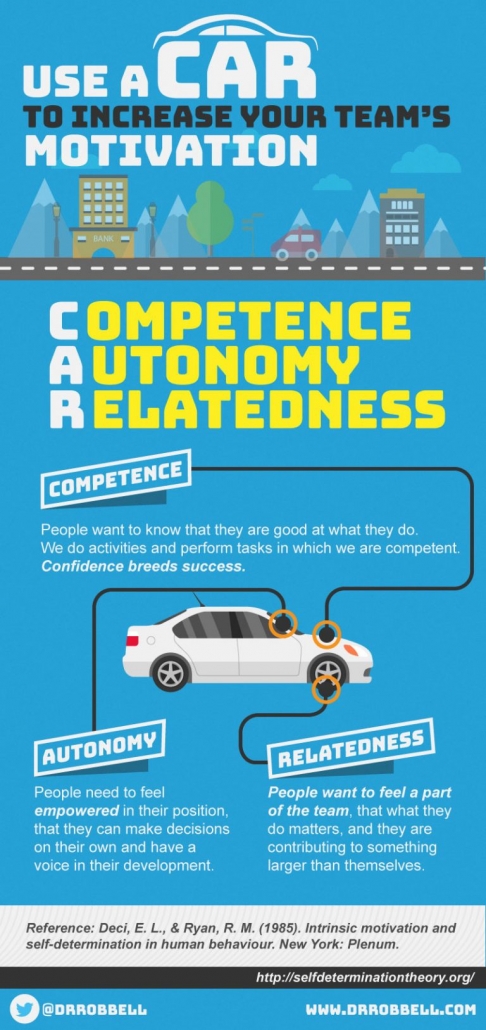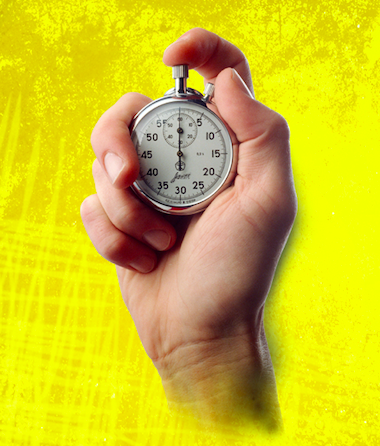Use This CAR to Drive Your Team’s Motivation
Most coaches, executives, and owners want their team to be more self-driven and internally motivated. Who doesn’t?
However, the measures that leaders employ are usually all externally driven.
We too often refer to outside measures to help facilitate change, namely rewards for good results or punishments for poor effort or outcomes.
A team’s motivation will increase dramatically when you use these three (3) keys!
But, if you are searching for a more internal drive from the team, here are three metrics to examine and implement.
Have we been trying to build your team’s motivation the right way?
If you are searching for more internal drive from your team, here are three metrics to examine.
A- Autonomy- People need to feel empowered in their position, that they can make decisions on their own and have a voice in their development.
R- Relatedness- People want to feel a part of the team, that what they do matters, and they are contributing to something larger than themselves.
C- Competence- People want to know that they are good at what they do. We do activities and perform tasks in which we are competent. Confidence breeds success.
If a team is lacking in mental toughness and motivation, perhaps one of these principles is off. For example, a person may feel he/she can make decisions (High A) and is good at it (High C) but not part of a team or recognized for their effort (Low R).
Here are three ways to improve your team’s motivation.
A- Autonomy- Have individual 1-1 meetings and regular check-ins with your team. Ask for and get their input about what is working and/or what needs changed.
R- Relatedness- Have functions or competitions! Internal competitions can build the strength of a team and hanging out with one another enhances the camaraderie.
C- Competence- Studies have shown that individuals will meet the expectations set forth by their coaches. In turn, positive feedback for effort increases the internal motivation, while negative feedback will decrease one’s motivation. These are the ways you can build your team’s motivation.
Sources: Deci, E. L., & Ryan, R. M. (1985). Intrinsic motivation and self-determination in human behavior. New York: Plenum.Deci, E. L., & Ryan, R. M. (2000). The “what” and “why” of goal pursuits: Human needs and the self-determination of behavior. Psychological Inquiry, 11, 227-268.
[sc name=”signature” ]




